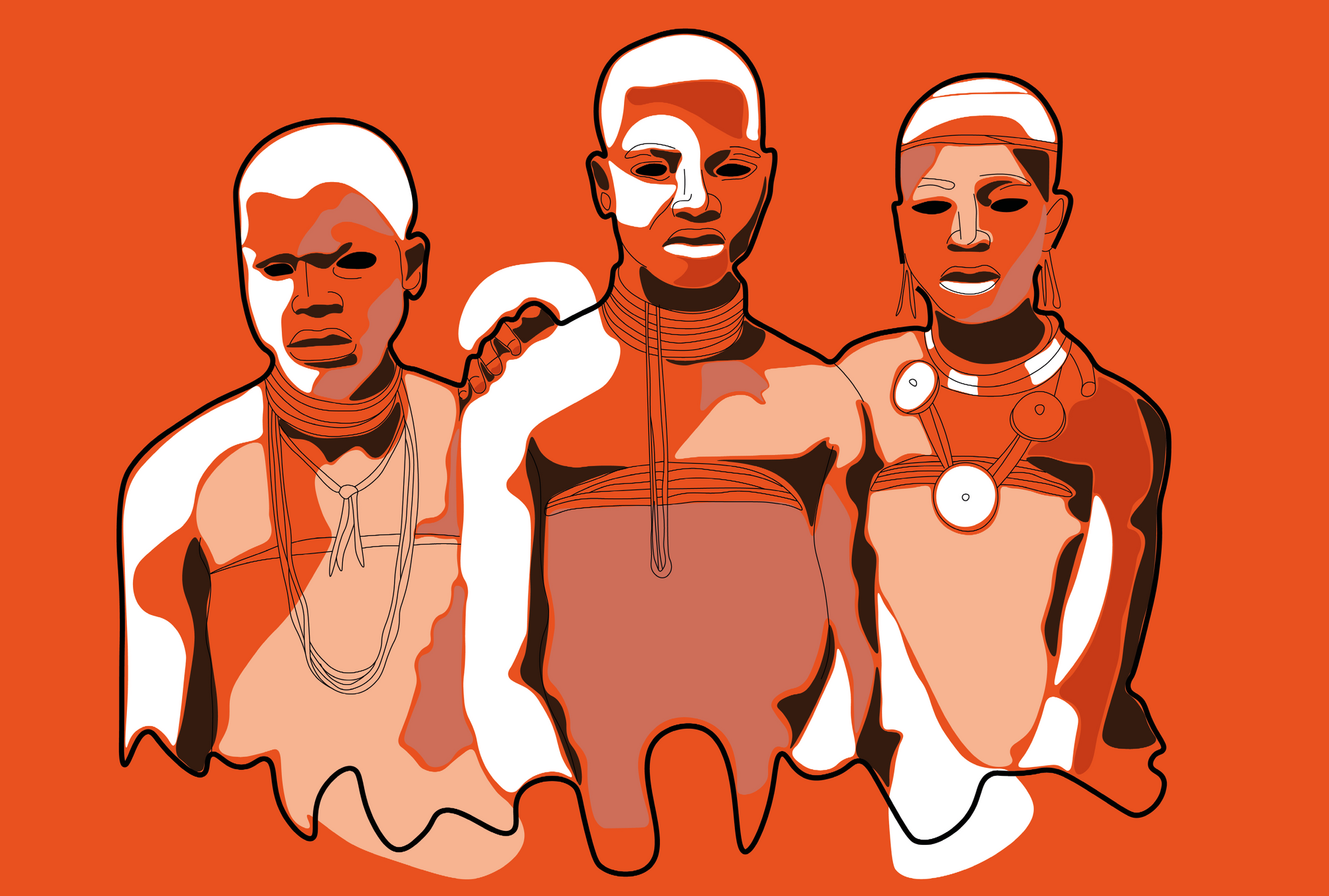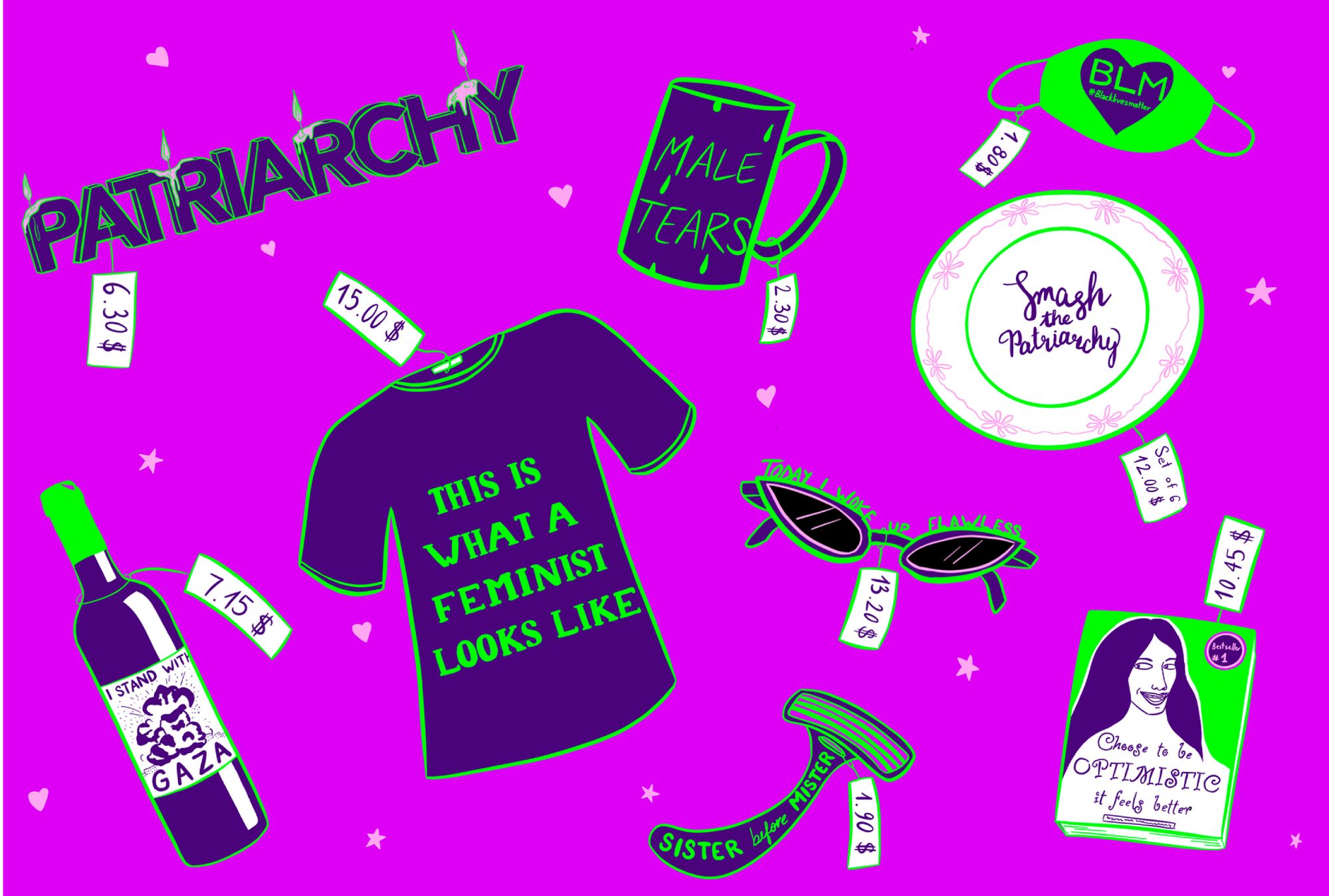
I am considered a pessimist—the ‘Daria’ of design—whose standards are too high and too critical. Designers, I would argue, are afraid to embrace dissent because it disrupts the positivity bubble. I would describe designers as the very embodiment of the motivational posters in bad typefaces that we constantly critique. We are performing optimism. And I am anti optimism. So why am I against optimism?
Optimism should not be mistaken for hope. As political activist Barbara Ehrenreich states in her 2009 book Smile or Die: “Hope is an emotion, a yearning, the experience of which is not entirely within our control. Optimism is a cognitive stance, a conscious expectation, which presumably anyone can develop through practice.” And I refuse to practice it, because optimism in design is not always constructive. In fact, it hinders the politicization of designers. If design is going to contribute to tools that can change the world positively, it must begin to embrace pessimism.
“Optimism hinders the politicization of designers. If design is going to contribute to tools that can change the world positively, it must begin to embrace pessimism.”
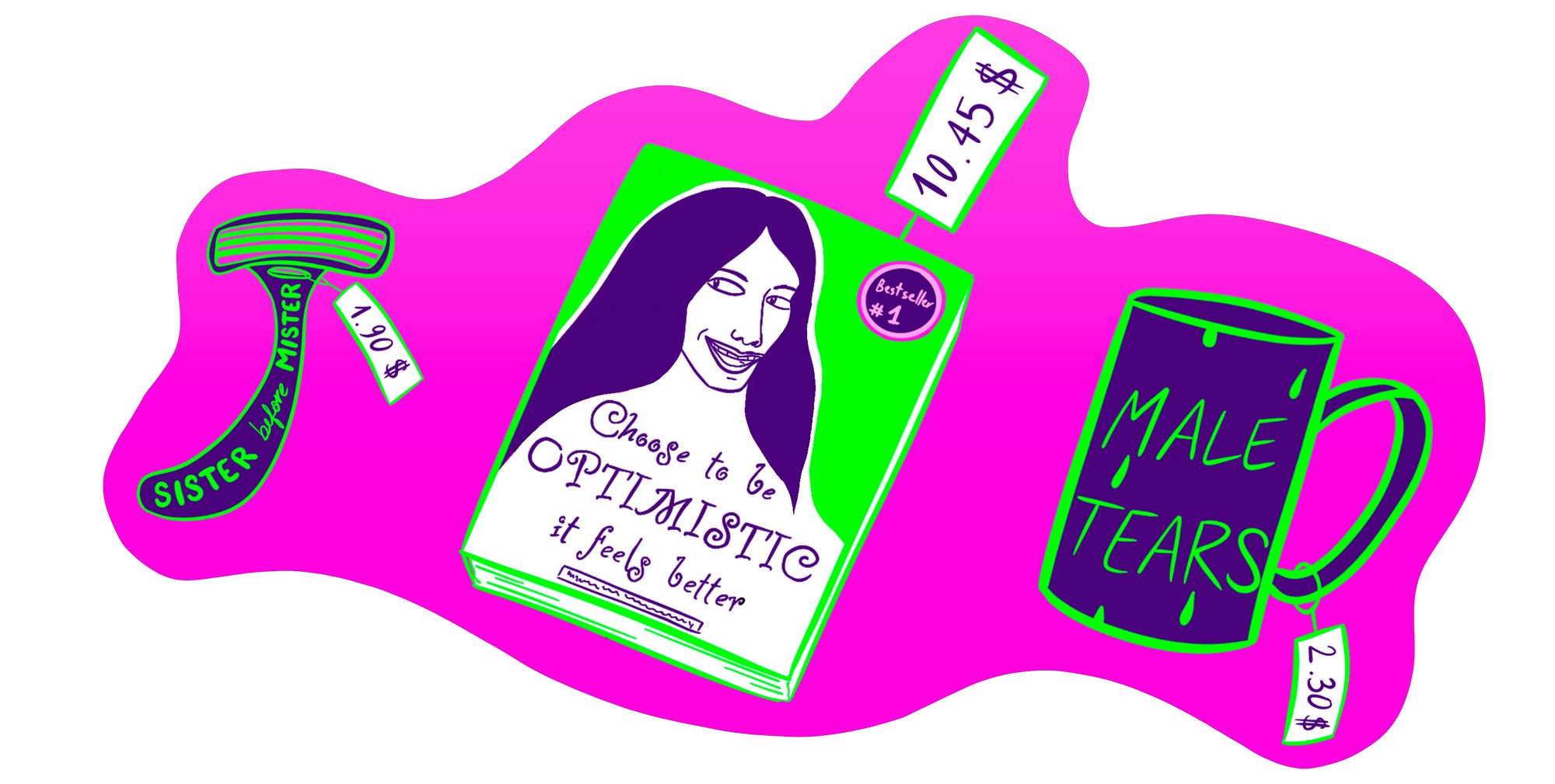
**Convenience, Immediacy, Complacency **
For a profession in which the purpose is allegedly transformative problem-solving, and which features an array of manifestos on what we can do to change the world; design solutions are incredibly conservative. We continue to populate the world with junk and have become complicit in designing people into a culture of convenience. Convenience is the most underestimated and least understood force in the world today. All around the world, convenience—more efficient and easier ways of doing personal tasks—has emerged as perhaps the most powerful driver shaping our individual lives and our economies. Convenience seems to make our decisions for us, trumping what we like to imagine are our true preferences. Easy is better; easiest is best. While convenience has its benefits, it also has a dark side. It makes us lazy—spoiled by immediacy. This is a fact we are witnessing right now amidst the pandemic.
Designers contribute to creating a lonely, materialistic and competitive world. Look at all the wonderful things we’ve come up with in relation to interactions of convenience: one-click purchases, read receipts, ways of measuring anything, multi-purpose devices. Why are we praising these devices when we don’t ever mention how poorly they have replaced other objects, and how often are we expected to replace the shiny, expensive devices? We are triggering new emotions and desires in consumers, rather than imagining different ways of living. Again, look at our inability to imagine anew when we have been given an opportunity.
“I define design not as a solution-oriented, problem-solving discipline, but as a realm of possibilities that acknowledges that there are alternatives to these possibilities and alternatives to the alternatives.”
The slogan from the May 1968 uprising, “Be Realistic—Demand the Impossible”, should be design’s call to action. The outdated definition of design as problem-solving is at odds with this call to action. I define design not as a solution-oriented, problem-solving discipline, but as a realm of possibilities that acknowledges that there are alternatives to these possibilities and alternatives to the alternatives. Here is the connection with emancipatory politics and hope, which are meant to make what is deemed impossible seem possible. As many have written, the current political-economic landscape that was once thought unthinkable is now our reality.
It is easy to think that politics has no place in design—that design is banal and inconsequential. Arrive at the design section of any bookshop in any European or North American city, and you are welcomed by an anti-intellectual assortment of books that demonstrate design is only about style, grids, the celebrity designer-artist, and clever one-liners. It is as though you’ve mistakenly wandered into the self-help section. What if these shelves demonstrated the extent of the discipline? What if they showed that design is not a neutral, isolated or value-free activity, but a transdisciplinary practice?
“Arrive at the design section of any bookshop in any European or North American city, and you are welcomed by an anti-intellectual assortment of books that demonstrate design is only about style, grids, the celebrity designer-artist, and clever one-liners.”
A trip I took to Paperchase—the UK stationery chain—revealed the low level of awareness among designers in the ideology they instill in their creations. The collection features an assortment of notebooks and materials with trendy slogans such as the “future is female”, “we should all be feminists” and other bite-sized motivational messages that reduce the seriousness of the message. I can imagine designers calling this stationery empowering to young girls, but in reality, as Nina Power argues in her 2009 book One Dimensional Woman: “the desire for emancipation starts to look like something wholly interchangeable with the desire simply to buy more things.”
These products will quickly join the 70% off bargain bin once the next trend kicks in. Feminism is reduced to a series of trendy slogans plastered on poorly designed stationery. The ubiquity of political slogans on merchandise resonate with Mark Fisher's description of capitalism, which he compares to “the Thing in John Carpenter’s film … a monstrous, infinitely plastic entity, capable of metabolizing and absorbing anything with which it comes into contact”. Neoliberalization has transformed everything into a product or an experience. These seemingly harmless pieces of design living on the shelves of Paperchase are considered non-political, and yet are very much the opposite.
Political ‘wokeness’ has been capitalized by consumerism. When it seems like every brand is progressive, ethical and moral—i.e. it is sustainable, it has equal representation of genders, it supports LGBTQIA+ rights, it is feminist, it is against racism, and features just enough people of color—people assume there is equality and that there is nothing left to protest.
Optimism then renders a designer’s political action as just another one of these experiences. As I have described elsewhere, one only needs to look at the commoditization of charity. There has been a marked increase of trips to “make a difference” by working in disadvantaged communities, and these opportunities are usually accompanied by a hefty price tag. You too can do good and be political if you can pay the exorbitant fees!
Our ‘doing good’ appears to be motivated by the kind of person we want to be. Behavioral economist James Andreoni calls this “the warm glow of giving” rather than a concern for the poor. This means designers want “everyone ... to be [aware] about the act of ‘doing good’”. Designers doing good or ‘being political’, have adopted what cultural theorist Mark Fisher calls the “caring individual syndrome”, which he traces to the arrival of Live Aid 1985, where philanthropy and “We are the World” chants could seemingly end famine and poverty without the need for political action or systemic reorganization. Capitalism is the only way, and consumerism is buying the right product. We are, after all, what we consume.
To take this further, we might think that: “I give to charity; I was stopped by someone with a clipboard on the street and I gave them money!” But this is not political participation—it is paying someone else to do the work for you. This, media scholar Stephen Duncombe states, “circumscribes the playing field of politics, disconnecting potential activists from political activity”. As Duncombe argues, the disappearance of money from your bank account every month “discourages the creation of the very thing needed for democratic change: everyday citizen-activists” .
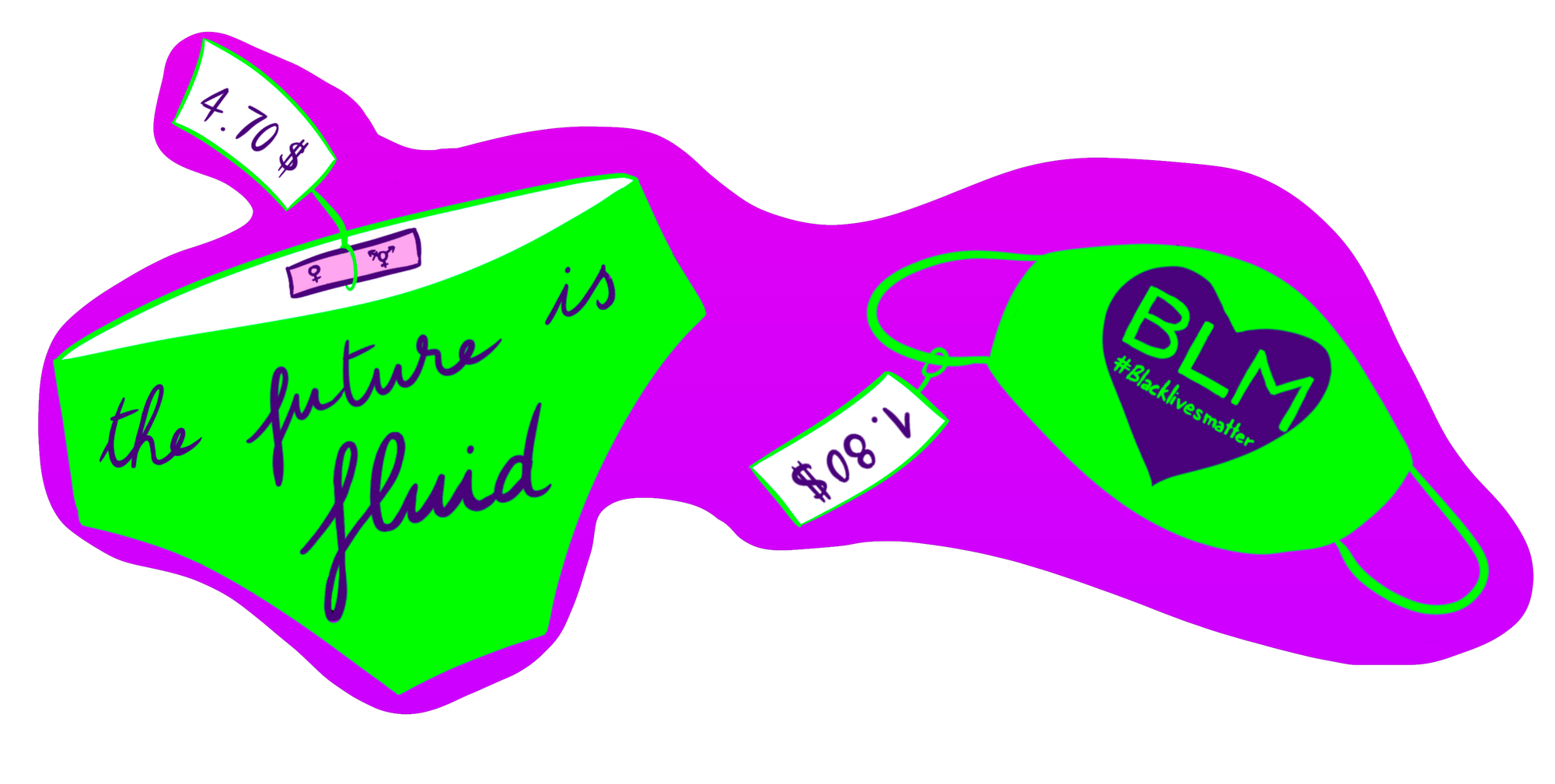
Design Needs Politics
John Heskett reminds us that everything in the world is “formed by human intention”; designed artefacts are not “disembodied process[es]” but designed by humans and the results of these—whether good or bad—affect everyone. The creation of certain objects produces unintended consequences—envelop something in packaging, and you create the problem of disposing of that packaging. Or in the 21st century, make a smartphone capable of replacing a multitude of objects, manufacturing new ‘needs and desires’, and you create the problem of a culture of convenience.
What we design has consequences on the world. Designers pretend to know this by discussing sustainability, but we only talk about refusing to use one-day Amazon delivery, investing in a KeepCup, or buying ‘green’ products. We do not question consumption itself. To be sustainable is to acknowledge the material and immaterial consequences of a practice and its implications on the world (and the worlds within that world), as discussed by Anne-Marie Willis and Tony Fry. The urgency of this is highlighted in the events of the past year.
“To effect any societal change, design needs politics. A politicized designer is a collective designer, because designing is not an activity accomplished by one person.”
In design education, many educators encourage their students to think of social, political and economic issues to address in their projects. However, they do not equip them with the language to begin asking important questions and partake in truly meaningful work. Problems are complex, but design educators want to make them simple. That is why design is all about the toolkit, and design thinking is condensed into a few steps. The complexity requires an engagement with different disciplinary, conceptual, theoretical, and methodological frameworks. Still, optimistic designers think that asking hard questions is over-intellectualizing, when in fact it is practicing critical thinking.
Interestingly, any discussion of criticality in design is never promoted as going against the grain but only as operating in parallel to the status quo—despite the fact that design education is meant to be transformative. Here is another obstacle to change. We moan about not having power, we moan about design being backwards, and yet we contribute to the problem by failing to imagine how things can be otherwise.
“If designers want to partake in meaningful change, and alter the direction of what they do, it is about understanding and addressing power—race, class, gender, sexuality, ability—and how these intersect.”
Within design, there is a lack of recognition of perspectives and alternatives beyond the dominant frame. The use of the word transformative applies only to the development of the identity and voice of the individual designer. But transformative means conjuring up seemingly impossible scenarios of what design could be collectively. To effect any societal change, design needs politics. A politicized designer is a collective designer, because designing is not an activity accomplished by one person.
If designers want to partake in meaningful change, and alter the direction of what they do, it is about understanding and addressing power—race, class, gender, sexuality, ability—and how these intersect. It is about challenging the notion that design is universal, and raising the question of who dictates what is universal ‘good’ design, and who created this standard in the first place. Tackling these questions requires a move away from the current specialized disciplinary structure in design. It requires an unsettling of power, and the challenging of what is deemed ‘common sense’.
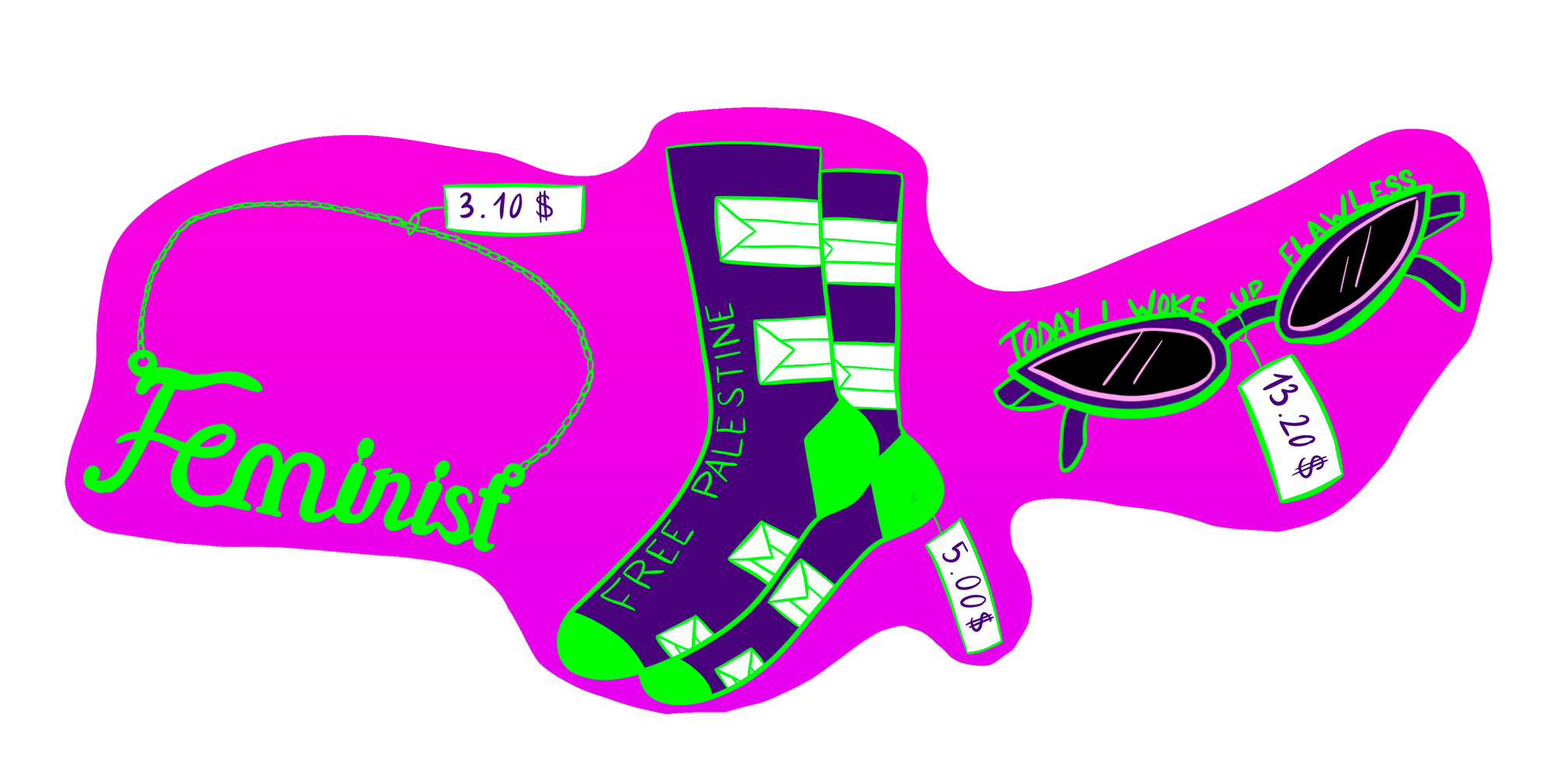
Design Dissenters
Design remains trapped in specialization when what is needed is a more general approach towards education and practice. I am not arguing against specialization, but caution against what Moholy-Nagy described, over 75 years ago, as “strictly vocational education [that] turn[s] to the quick breeding of specialists with a rather narrow horizon”. Design education requires a broad scope—and without exposure to other disciplines that share a culture with design, designers will continue to speak and design for themselves.
“Design education requires a broad scope—and without exposure to other disciplines that share a culture with design, designers will continue to speak and design for themselves.”
Despite discussions on the dissolution of traditional disciplinary boundaries, design is becoming more sectarian. The number of different design ‘disciplines’ across universities and design sectors demonstrates this. The old divisions of graphic, product, interior and fashion have been joined by interaction, interface, UX, spatial, transition design, etc. These descriptions do not propose anything radical, nor do they step outside institutional boundaries, as Anne-Marie Willis argues. They are marketing tools that remain within the same design rhetoric, and the same instrumental model of design.
Additionally, to encourage dissent or transformation in design and the challenges we choose to address, we continue to look at the same references—20th century solutions for 21st century problems. Designers like to think of themselves as activists, as radicals, as non-conformists, but the designer ailment is conformity.
To rephrase the 1993 critique from writer Maura Mahoney, design activism is self-consciously pursued but inevitably condensed to a prefabricated look, a look that has already been designed. Furthermore, the traditional resistors have either made their peace with design, or have outdated political goals. They are, in effect, the guardians of the famous phrase “it is what it is”, represented, to me, by the shrug emoji symbol, and unfortunately they may have made their way into the academy.
Design’s conservative marriage to its disciplines will not enable students to address larger problems, no matter how much programmes and studios pay lip-service to it. Take one class in design activism and you will help solve homelessness, but without discussing power and social structures.
Activism and politics require time—time designers are working against. Our world is all about instantaneous decision-making, leaving us with no time to sit and think critically about our work. We have lost the time to think. Designers—due to the nature and speed of the industry—have never been allocated the time to think. Perhaps this is where we begin to contribute to solving the pressing problems we’ve contributed, and continue to contribute to creating. Being political is an add-on, something that is tolerated as long as it is a side passion project.
“Activism and politics require time—time designers are working against. Our world is all about instantaneous decision-making, leaving us with no time to sit and think critically about our work.”
Designers must be prepared to invest time when getting involved in causes. At the moment, designers, as the Decolonising Design group state, “show interest in a concern … get involved in a cause … as long as it does not conflict with [their] career, class, privilege, etc”. Politics almost always happens within what William Davies describes as “safely administered routines and spaces, where political desire can appear but not translate into political transformation”.
The types of causes designers choose to get involved in are safe—they do not raise any eyebrows. Interestingly, we see more support for the politics of decolonization, but there are many who do not see the conflict of supporting decolonial discourse and being neutral on Palestine, where the experience of dispossession and landlessness typical of settler colonialism is a central issue. Indeed, as Matt Kiem states in reference to design activism, what is important is not branding something as activism but “what someone stands for, who they stand with, and what this means in practice”.
“There are many who do not see the conflict of supporting decolonial discourse and being neutral on Palestine, where the experience of dispossession and landlessness typical of settler colonialism is a central issue.”
How do we participate politically as designers beyond making a campaign? Even then, we are incapable of practicing the very profession we engage in on a day-to-day basis. When it comes to politics, we are bad at branding, bad at advertising, bad at persuasion. Look at most efforts put towards educating people to wear masks, keep their distance and wash their hands!
Yet when it comes to our clients, we personalize, and tap into people’s dreams and desires. Where is the emotion, the dreaming, the possibilities? We act out the old world of design rather than imagining it otherwise.
Designers must move away from this positive, optimistic attitude that denies the place of any negativity, an attitude that denies realism. Optimism forces people to blame themselves for their own failures and misery; to never look at the structures of power that contribute to this. You just didn’t try hard enough, and you weren’t good enough. This has depoliticized the world. This self-congratulatory culture will get nowhere without establishing a strong culture of criticism.
“To engage with the world around us and to become design dissenters, we must think about being a living example of our politics and incorporate it into our identity as designers.”
To engage with the world around us and to become design dissenters, we must think about being a living example of our politics and incorporate it into our identity as designers. We should move away from creating instruments of control and into producing objects of agency that pose questions; that are designing alternative forms of political and economic organizing. All this goes to say that pessimists do have a place in design. Because pessimism is not without hope. To pessimists everywhere: pump up the volume!
Danah Abdulla (she/her) is an Arab-Canadian designer, educator, and researcher—not in any particular order but always all three. She is program director of Graphic Design at Camberwell, Chelsea, and Wimbledon Colleges of Art, University of the Arts London. Danah holds a Ph.D. in Design from Goldsmiths, University of London and is a founding member of the Decolonising Design platform. In 2010, she founded Kalimat Magazine, an independent, nonprofit publication about Arab thought and culture. Her research focuses on decolonizing design, possibilities of design education, design culture(s) with a focus on the Arab region, the politics of design, publishing, and social design.
All images by Nour Hifaoui Fakhoury, illustrator and comic artist, based in Beirut, Lebanon. Her work focuses on social exclusions and revolves around bodies, identities and minorities.










